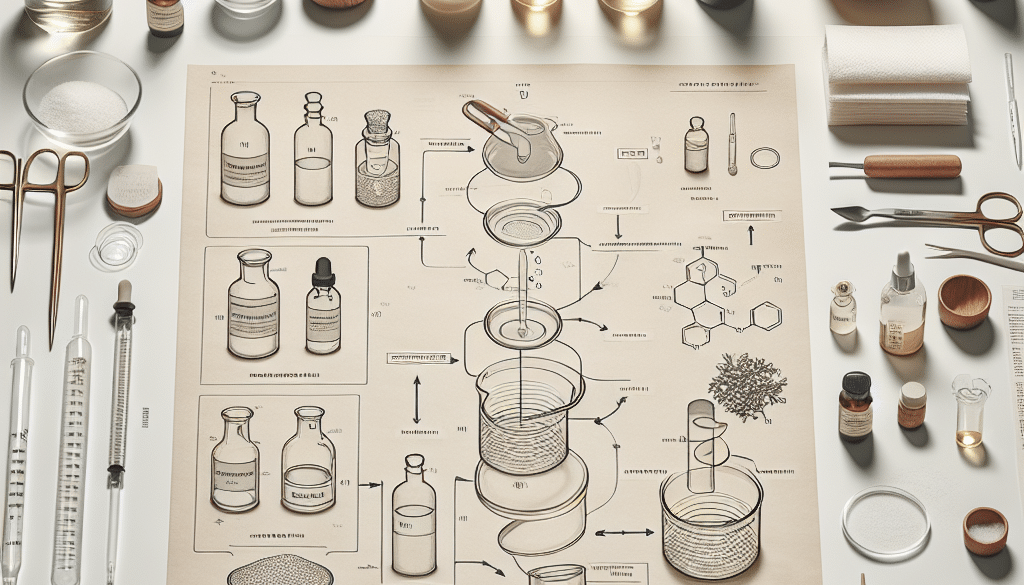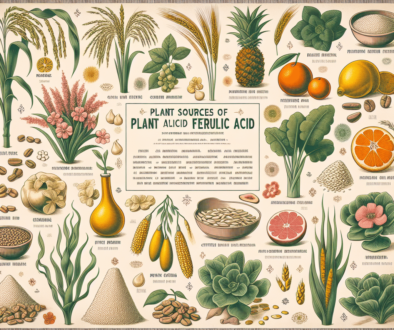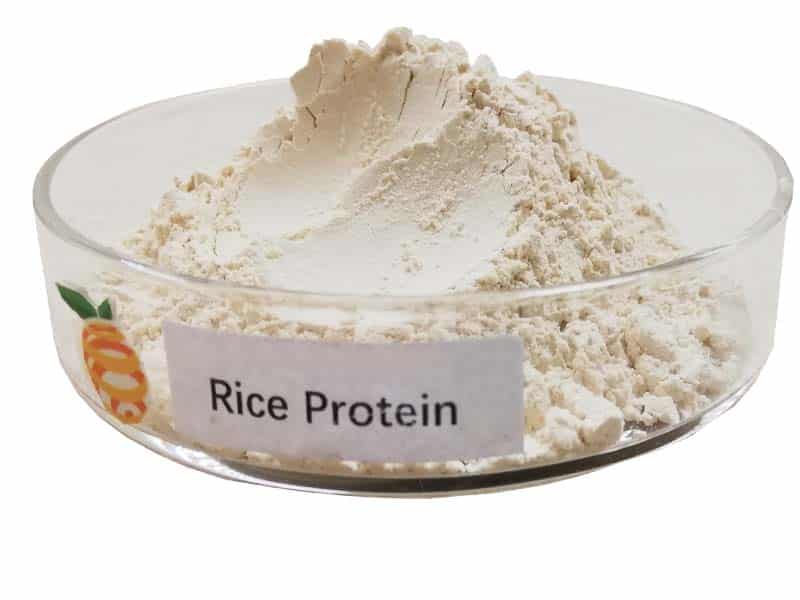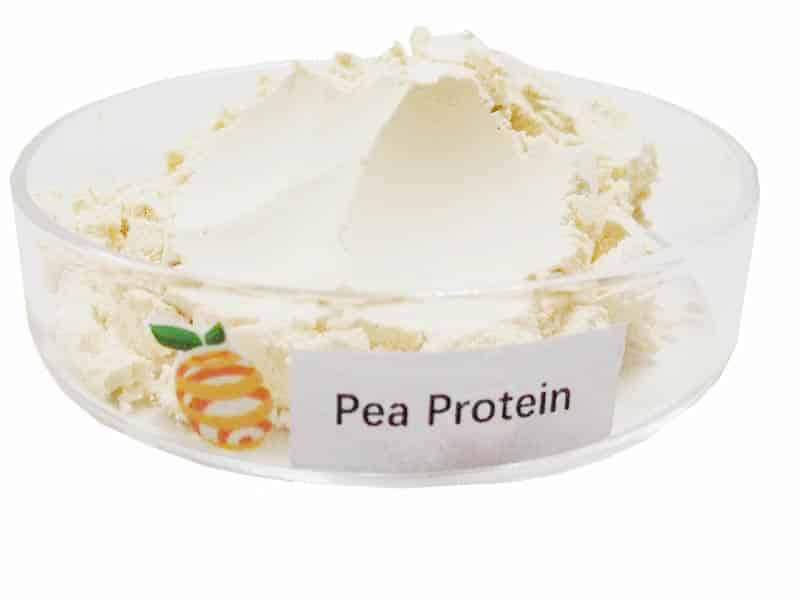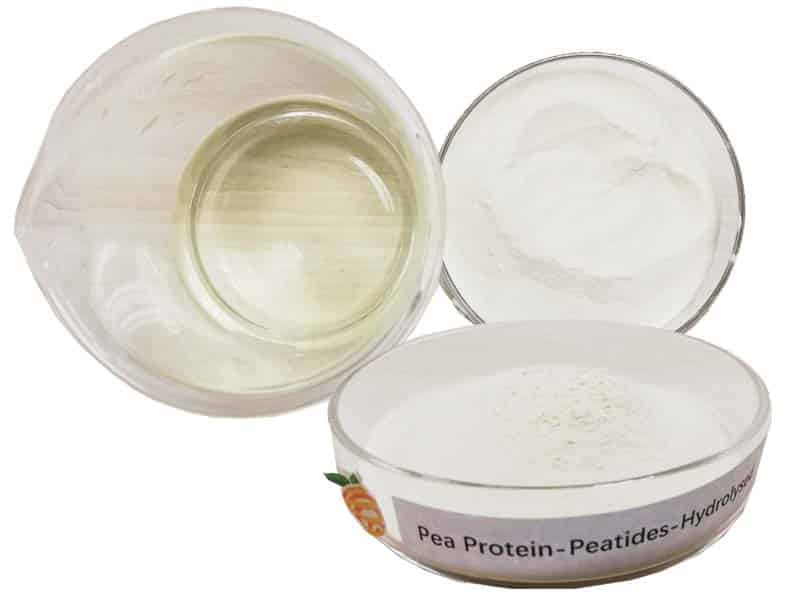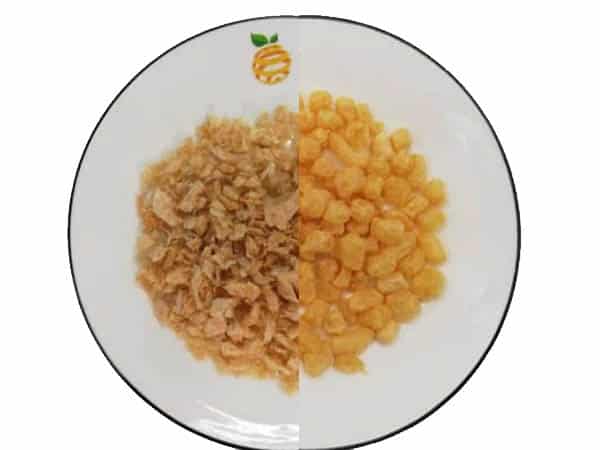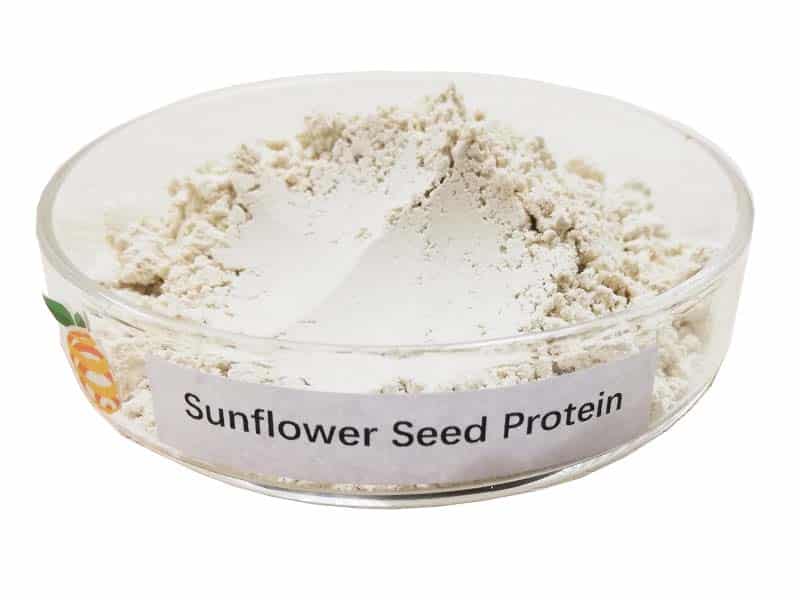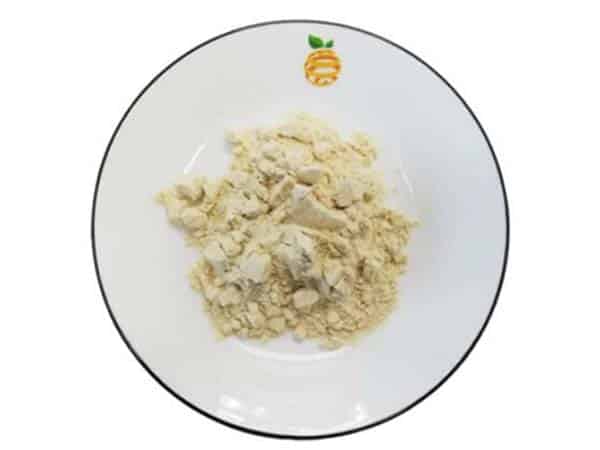Phloretin: Mastering DIY Serum Formulations
-
Table of Contents
- Phloretin Serum Formulations: A DIY Guide for Skincare Enthusiasts
- Understanding Phloretin and Its Skin Benefits
- Essential Components of a DIY Phloretin Serum
- Step-by-Step Guide to Crafting Your Phloretin Serum
- Step 1: Dissolving Phloretin
- Step 2: Adding Additional Actives
- Step 3: Emulsifying and Thickening
- Step 4: Adjusting pH
- Step 5: Preserving the Serum
- Step 6: Bottling and Storage
- Common Challenges and Solutions in DIY Serum Formulation
- Conclusion: Embrace the Power of Phloretin in Your Skincare Routine
- Discover ETprotein’s Premium Protein Products
Phloretin Serum Formulations: A DIY Guide for Skincare Enthusiasts
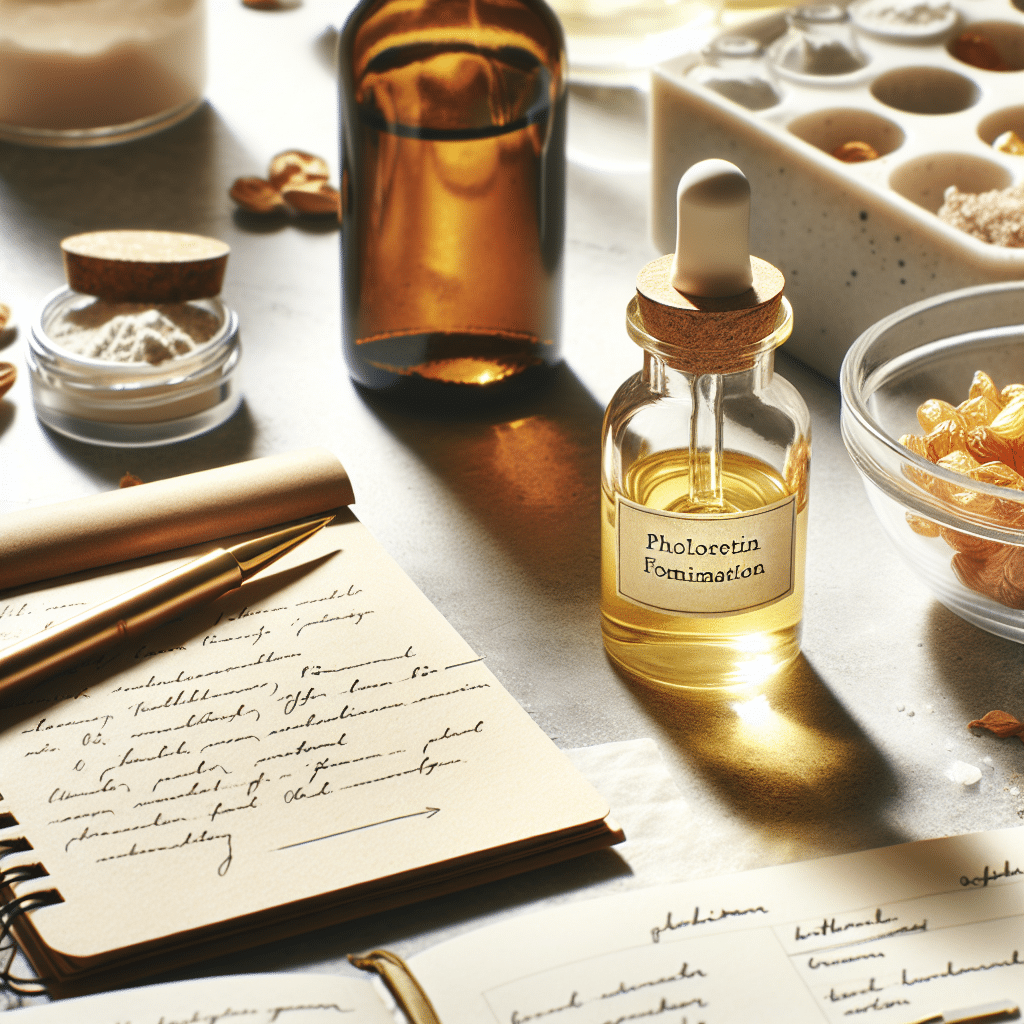
Phloretin, a natural compound found in apples and the root bark of apple trees, has emerged as a potent ingredient in the skincare industry. Known for its antioxidant properties and ability to enhance skin penetration of other ingredients, phloretin is a sought-after component in many high-end cosmetic formulations. For those interested in creating their own skincare products, mastering the art of DIY phloretin serum formulations can be both rewarding and beneficial for skin health. This article will guide you through the process, ensuring you can create a serum that rivals those found on the shelves of luxury beauty stores.
Understanding Phloretin and Its Skin Benefits
Before diving into serum formulation, it’s crucial to understand what phloretin is and how it benefits the skin. Phloretin is a type of flavonoid that exhibits strong antioxidant activity, which helps protect the skin from the damaging effects of free radicals. It also has anti-inflammatory properties and can improve the appearance of discoloration, making it an excellent ingredient for those looking to even out their skin tone and texture.
- Antioxidant Protection: Phloretin neutralizes free radicals and protects against oxidative stress.
- Enhanced Penetration: It facilitates deeper penetration of other beneficial ingredients into the skin.
- Skin Brightening: Phloretin is known to reduce the appearance of hyperpigmentation and age spots.
Essential Components of a DIY Phloretin Serum
Creating a DIY phloretin serum requires a few key ingredients and tools. Here’s what you’ll need to get started:
- Phloretin: The star ingredient, usually available in powder form.
- Water or Hydrosol: A base for dissolving phloretin and other water-soluble ingredients.
- Preservatives: To prevent microbial growth and extend the shelf life of your serum.
- pH Adjusters: To ensure the serum is at a skin-friendly pH level.
- Emulsifiers and Thickeners: If you’re incorporating oil-soluble ingredients, these will help create a stable emulsion.
- Antioxidants: Additional antioxidants like vitamin C or ferulic acid can boost the efficacy of phloretin.
- Containers: Dark or opaque bottles to protect the serum from light degradation.
- Measuring Tools: Precision is key, so use accurate scales and pipettes.
Step-by-Step Guide to Crafting Your Phloretin Serum
With your ingredients and tools at the ready, follow these steps to create your own phloretin serum:
Step 1: Dissolving Phloretin
Begin by dissolving phloretin powder in a water-based solution. This may require gentle heating to ensure it fully dissolves. Be cautious not to overheat, as high temperatures can degrade the active ingredients.
Step 2: Adding Additional Actives
Once the phloretin is dissolved, you can add other water-soluble actives, such as vitamin C. If you’re using L-ascorbic acid, be aware that it may require a lower pH to remain stable and effective.
Step 3: Emulsifying and Thickening
If your serum includes oils or oil-soluble ingredients, you’ll need to create an emulsion. Use an appropriate emulsifier and thickeners to achieve the desired consistency and stability.
Step 4: Adjusting pH
Test and adjust the pH of your serum to ensure it’s skin-friendly, typically around 4.5 to 5.5. Use pH strips or a digital pH meter for accuracy.
Step 5: Preserving the Serum
Add a preservative according to the manufacturer’s instructions to prevent microbial growth. This is a crucial step to ensure the safety and longevity of your DIY serum.
Step 6: Bottling and Storage
Transfer your serum into dark or opaque bottles to protect it from light. Store the serum in a cool, dark place to preserve its potency.
Common Challenges and Solutions in DIY Serum Formulation
DIY serum formulation can come with its own set of challenges. Here are some common issues and how to address them:
- Solubility Issues: If an ingredient isn’t dissolving properly, consider adjusting the solvent or using a different form of the ingredient.
- pH Imbalances: Incorrect pH can render active ingredients ineffective or cause skin irritation. Always adjust and double-check the pH.
- Preservation Concerns: Inadequate preservation can lead to contamination. Use a broad-spectrum preservative and follow good manufacturing practices.
Conclusion: Embrace the Power of Phloretin in Your Skincare Routine
Mastering DIY phloretin serum formulations allows you to tailor your skincare to your specific needs while enjoying the process of creation. With the right knowledge and tools, you can produce a serum that not only protects and rejuvenates your skin but also instills a sense of pride in your skincare routine.
Discover ETprotein’s Premium Protein Products
After indulging in the art of DIY skincare, consider exploring ETprotein’s range of high-quality protein products. Whether you’re formulating a new skincare product or seeking to enhance your health and wellness regimen, ETprotein offers a variety of organic bulk vegan proteins and L-(+)-Ergothioneine (EGT) to meet your needs. Their commitment to non-GMO, allergen-free ingredients with exceptional purity makes them a top choice for industry professionals and enthusiasts alike.
About ETprotein:
ETprotein, a reputable protein and L-(+)-Ergothioneine (EGT) Chinese factory manufacturer and supplier, is renowned for producing, stocking, exporting, and delivering the highest quality organic bulk vegan proteins and L-(+)-Ergothioneine. They include Organic rice protein, clear rice protein, pea protein, clear pea protein, watermelon seed protein, pumpkin seed protein, sunflower seed protein, mung bean protein, peanut protein, and L-(+)-Ergothioneine EGT Pharmaceutical grade, L-(+)-Ergothioneine EGT food grade, L-(+)-Ergothioneine EGT cosmetic grade, L-(+)-Ergothioneine EGT reference grade and L-(+)-Ergothioneine EGT standard. Their offerings, characterized by a neutral taste, non-GMO, allergen-free attributes, with L-(+)-Ergothioneine purity over 98%, 99%, cater to a diverse range of industries. They serve nutraceutical, pharmaceutical, cosmeceutical, veterinary, as well as food and beverage finished product distributors, traders, and manufacturers across Europe, USA, Canada, Australia, Thailand, Japan, Korea, Brazil, and Chile, among others.
ETprotein specialization includes exporting and delivering tailor-made protein powder and finished nutritional supplements. Their extensive product range covers sectors like Food and Beverage, Sports Nutrition, Weight Management, Dietary Supplements, Health and Wellness Products, and Infant Formula, ensuring comprehensive solutions to meet all your protein needs.
As a trusted company by leading global food and beverage brands and Fortune 500 companies, ETprotein reinforces China’s reputation in the global arena. For more information or to sample their products, please contact them and email sales(at)ETprotein.com today.

